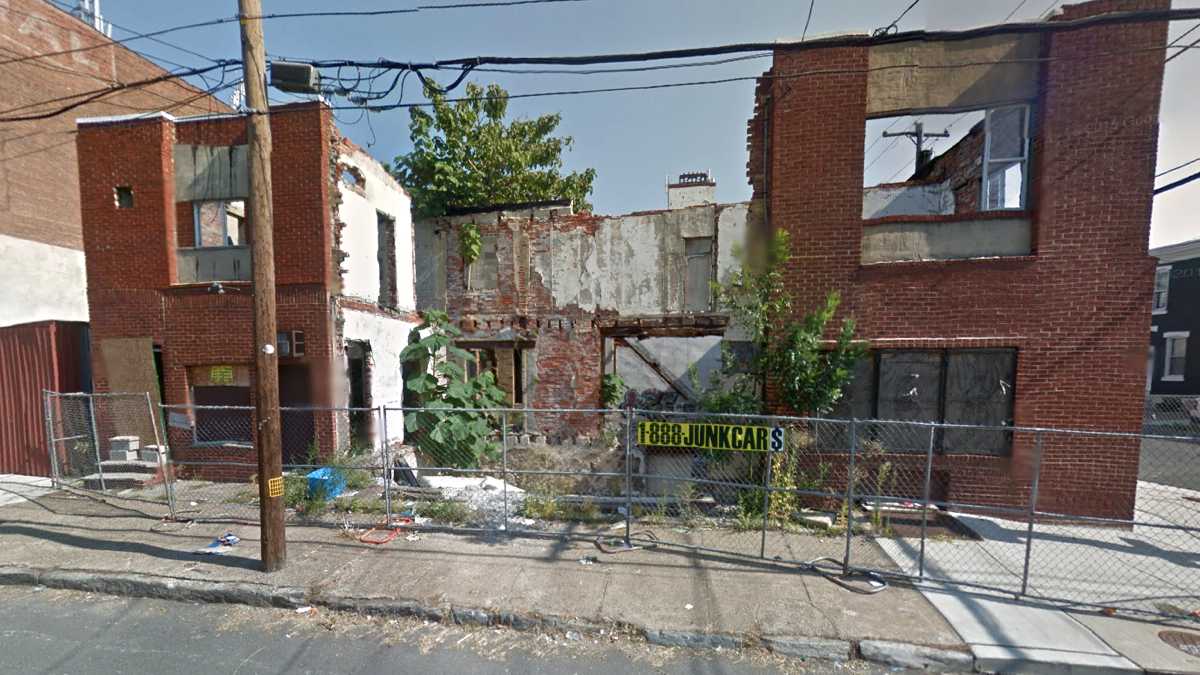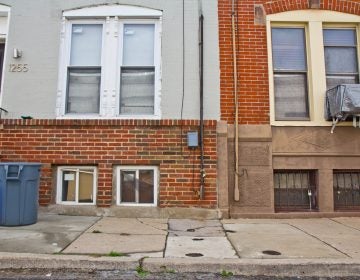Philly L&I chief defends demolition without permit

Check out the history of the L&I intervention at 1140 S. 24th St. on the PlanPhilly License to Inspect database
Philadelphia Licenses and Inspections Commissioner Carlton Williams is defending his decision last year to allow a contractor to tear down a decaying South Philadelphia building without a demolition permit.
New rules imposed after the 2013 Center City building collapse that killed six people require far more background information and training of demolition contractors, as well as site-safety plans for any demolition.
Williams, who said he met with the contractor at his request, said the contractor was prepared to demolish a private building in Point Breeze, but hadn’t yet been able to get a demolition permit.
A front-page story in Monday’s Inquirer reported that a complaint from an unnamed L&I inspector charges Williams gave the contractor, Dd Fox, the go-ahead for the demolition after the contractor told Williams he was financially strapped and needed to start work to get paid.
“That’s absolutely not true,” Williams told me in an interview. “I did not give anyone preferential treatment based on a financial hardship.”
Williams said he looked into the building and found it was “a freestanding building that had no support, that had breaches and had bulges and a previous history of collapses.”
EXECUTIVE ACTION
I asked Williams why, if the building were imminently dangerous, he would ask the contractor to proceed without the permit rather than getting another contractor or having city crews do the work.
“I didn’t want to spend taxpayer dollars on somebody’s private demolition,” Williams said. “That demolition would have cost $25,000, easily.”
“I had a viable contractor and owner who could be held responsible, [a contractor] who had a contractor’s license, who’s done demolition work in the city before,” Williams said. “This is the reason why I told him to take it down immediately.”
Williams sent me photos taken from Google Maps in August 2014, the month the building was demolished, to show its condition before it was taken down. It appears to lack a roof and have vegetation growing inside.
Williams said the contractor did eventually complete the requirements and get the demolition permit in November. He said it included the required site-safety plan for the demolition. When I asked, he told me the department had inspectors on the job and ensured that it was conducted in accordance with safety standards.
I asked Williams if it were less than ideal to have the permit granted three months after the demolition.
“No, it’s not ideal,” he said. “But it’s also not ideal to have a freestanding wall without any support next to a public walkway just standing there for months at a time.”
I asked for a copy of the contractor’s site-safety plan that was eventually submitted, and Williams’ chief of staff, Beth Grossman, provided an engineering report the contractor submitted. From my layman’s reading, it appears to offer a pretty detailed description of the steps needed to safely demolish the property (link below).
“That’s the site-safety plan,” Grossman said.
It’s worth noting that it’s dated July 21, 2014, and was submitted with the contractor’s application for a demolition permit on July 25 of that year. In other words, according to this account, the contractor did have a responsible plan for safe demolition (the cost was estimated at $19,500), but wanted to start before the permit would be issued.
Read full story here
WHYY is your source for fact-based, in-depth journalism and information. As a nonprofit organization, we rely on financial support from readers like you. Please give today.





